Archery in Schools: The Great Equalizer
Wednesday, August 31st, 2016This is Passport to Texas
Archery—the original shooting sport—fell out of favor as a component of physical education in public schools some years ago. But, now, thanks to the National Archery in Schools program, interest in the sport is growing fast.
The National Archery in Schools program certifies teachers as instructors. Educators learn the program just as they will teach it to their students.
It’s an all day workshop to become a certified instructor. They learn with the same equipment and the same method.
Burnie Kessner is archery coordinator for Texas Parks and Wildlife.
We use international style archery. It’s bulls-eye target faces, Olympic size. We use Olympic whistle commands, and they learn the same way worldwide.
Kessner says while certified instructors prepare students for tournaments, the successes a child experiences extend beyond the bulls-eye.
So, when a kid is shooting archery, and they’re on the shooting line—they’re all the same. So, it doesn’t matter what kind of home they go home to after the tournament, when they’re at the tournament, they’re the same as everyone else. So, that’s the self-esteem building piece; it’s standardized.
Learn more about bringing the Archery in Schools program to your district on the Texas parks and Wildlife Website.
Our series receives support from the Wildlife and Sport Fish Restoration Program… working to increase fishing, hunting, shooting and boating opportunities in Texas.
For Texas Parks and Wildlife…I’m Cecilia Nasti.
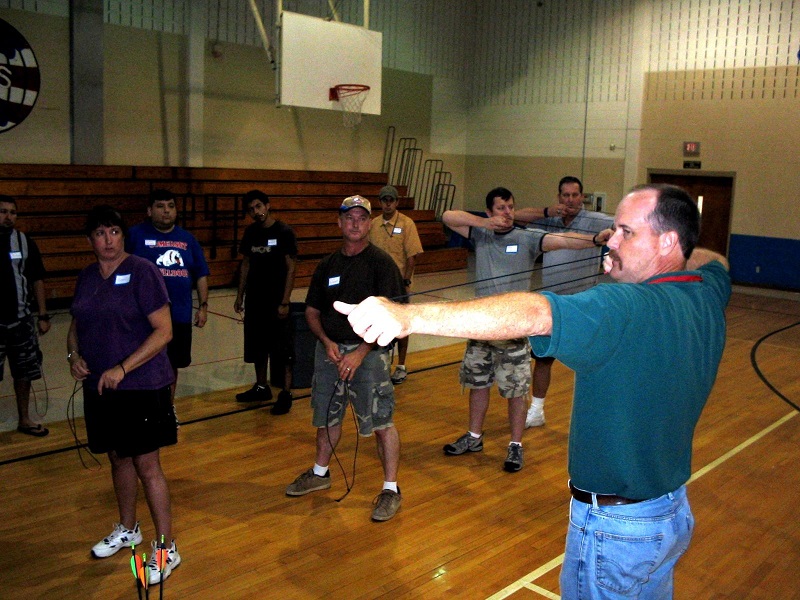

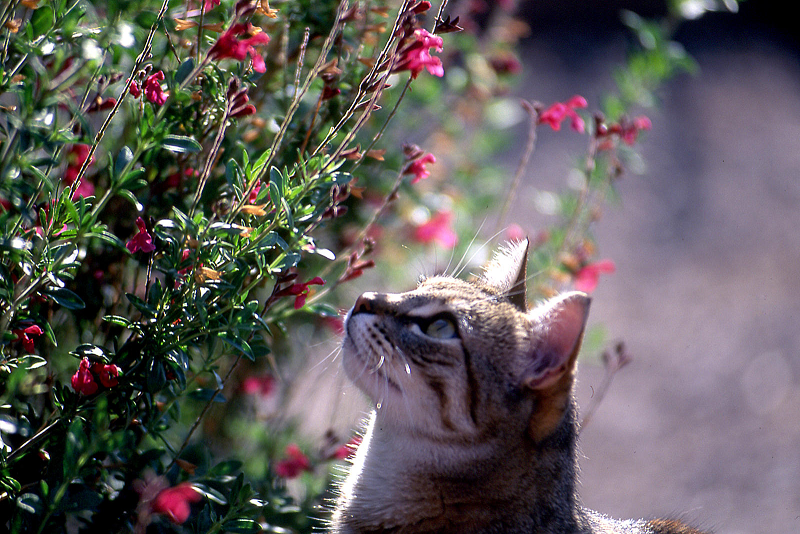
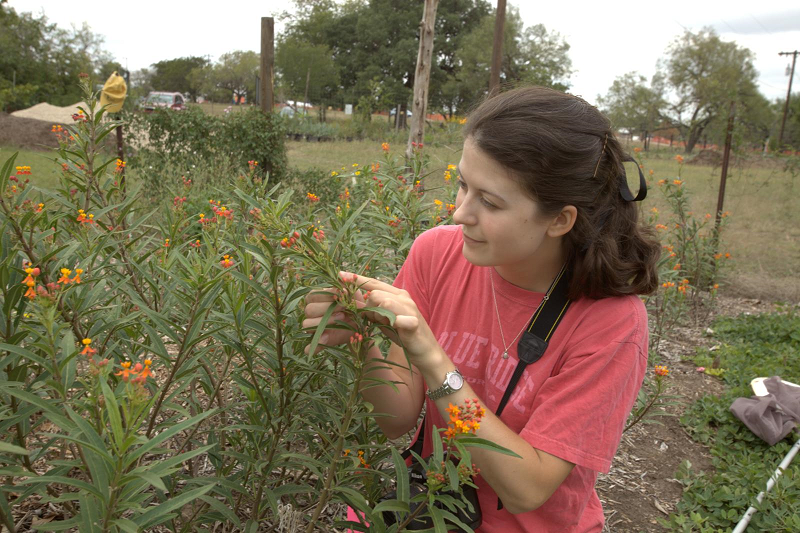
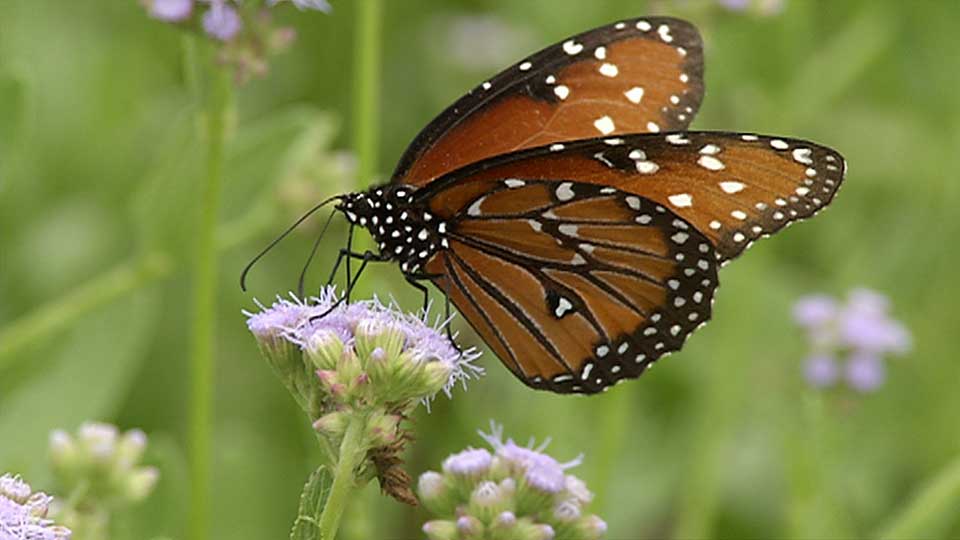
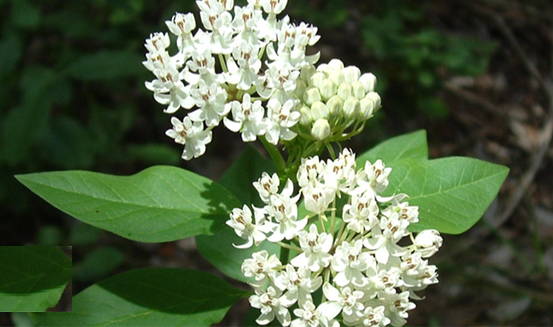

 Passport to Texas is a
Passport to Texas is a  Passport to Texas is made available by:
Passport to Texas is made available by: